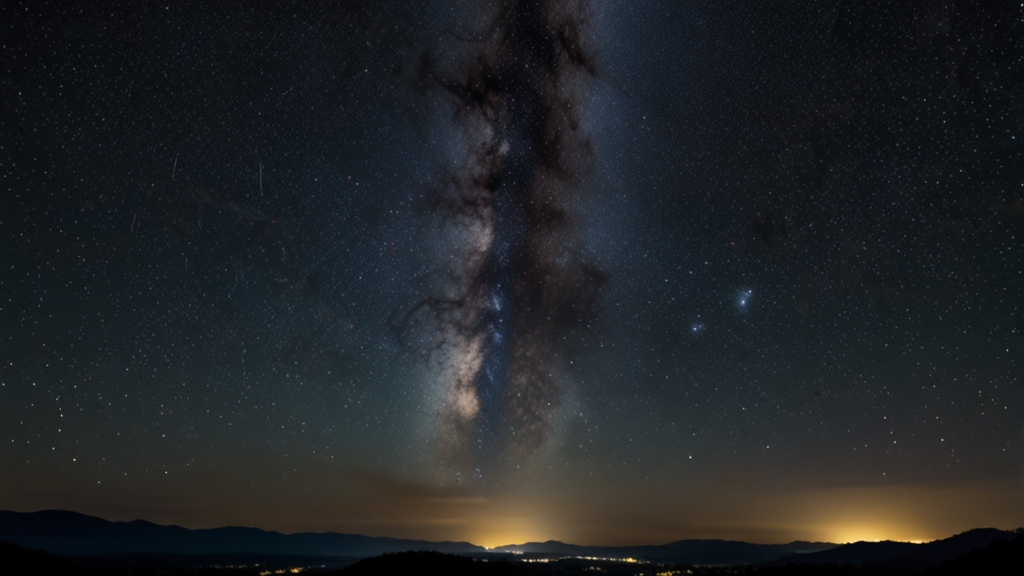Ancient Civilizations: The Myths That Became Reality
Throughout history, the relics and legends of ancient civilizations have often been shrouded in a veil of myth and mystery. However, as modern science and archaeology progress, many of these once-dismissed myths have proven to hold more truth than previously believed. This convergence of legend and reality invites us to marvel at the ingenuity, culture, and accomplishments of early human societies who, in many ways, were far more advanced than we might have imagined.
The Lost City of Troy
The legendary city of Troy, immortalized in Homer's Iliad, was long thought to be a figment of poetic imagination. For centuries, scholars and historians debated the existence of this great city, described as having been besieged by the Greeks in a ten-year war over the beauty of Helen.
"The face that launched a thousand ships" — Homer, Iliad
In the late 19th century, however, archaeologist Heinrich Schliemann's excavations in modern-day Turkey unveiled the ruins of ancient Troy. Schliemann's discovery confirmed that the city was not mere myth but a significant Bronze Age settlement. The layers of ruins he unearthed suggested that Troy was indeed a crucial center of trade and culture, with a history stretching back thousands of years.
The Labyrinth of the Minotaur
Another fascinating case where myth and reality intertwine is the legend of the Minotaur. According to Greek mythology, the Minotaur, a monstrous creature with the body of a man and the head of a bull, was housed in a complex labyrinth on the island of Crete. This tale, typically regarded as pure fantasy, hints at an underlying truth.
The discovery of the palace of Knossos by Sir Arthur Evans in the early 20th century brought to light the extensive labyrinthine structure that once formed the seat of the Minoan civilization. The intricate layout of the palace, with its winding corridors and expansive rooms, has led many to believe that this was the source of the labyrinth myth, reflecting the palace’s actual complexity and grandeur.
The Great Flood
Flood myths have persisted across various cultures, prominently featured in texts like the Bible's story of Noah and the ark, and the Sumerian Epic of Gilgamesh. For a long time, these narratives were considered allegorical rather than historical records.
"A great storm once roared above, turning daylight to darkness, submerging the land beneath mighty waves." — Epic of Gilgamesh
However, geological evidence of ancient floodwaters and sediment layers suggests that these stories may reflect actual events. The discovery of several ancient urban sites submerged under water, such as the ruins of Dwarka in India and Poompuhar in Tamil Nadu, provides compelling indicators that massive floods did, in fact, inundate and impact ancient civilizations. The oral traditions passed down through generations may preserve the memory of such catastrophic occurrences.
Atlantis: The Sunken Empire
Perhaps one of the most enduring myths is that of Atlantis, an advanced civilization described by Plato as having sunk into the ocean in a single day and night of misfortune. Despite exhaustive searches and numerous theories about its location, the precise site of Atlantis remains elusive.
Yet, the concept of a lost land sinking beneath the waves is not entirely implausible. The Minoan civilization, centered on the island of Thera (modern-day Santorini), experienced a catastrophic volcanic eruption around 1600 BCE. The resulting destruction led to the decline of the Minoan culture. Some historians and archaeologists argue that the story of Atlantis may be a distant memory of this disaster, preserved and transformed over millennia into the legend we know today.
Conclusion
As we peel back the layers of time, the myths of ancient civilizations reveal themselves to be more than mere stories. They are echoes of real events, places, and people. Modern discoveries continually challenge our understanding of the past, illustrating that the line between myth and reality is often finer than we assume. History, it seems, is far richer and more complex than the most fantastical tales our ancestors spun.







